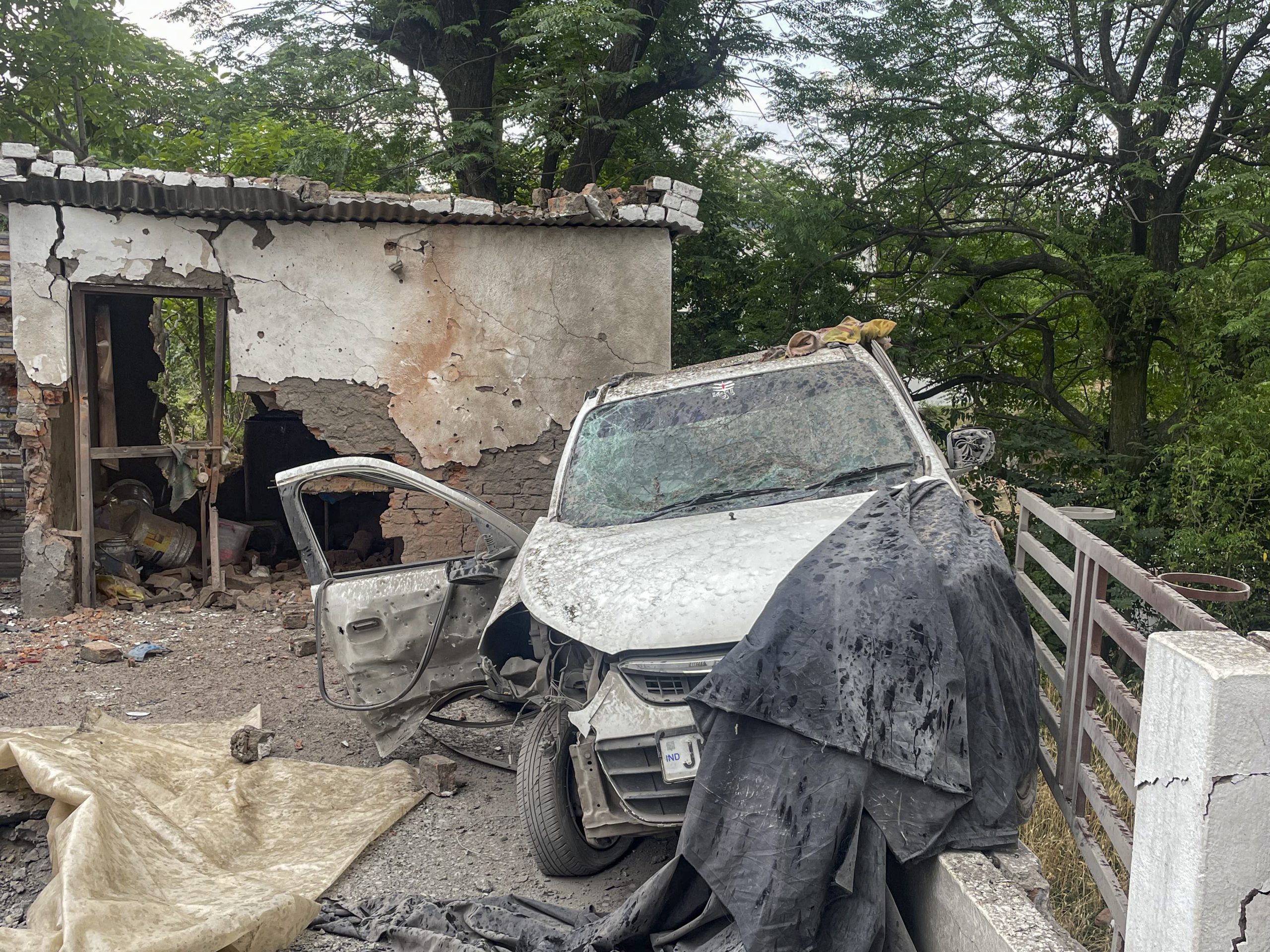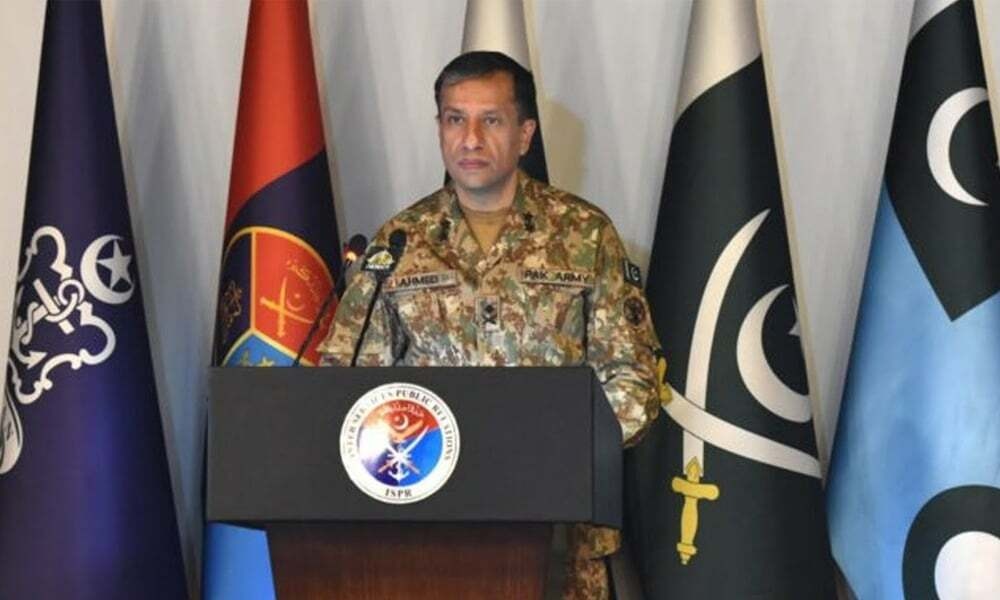Uttarkashi Cloudburst: Indian Army Intensifies Rescue And Relief Efforts; Air Support Prep Ongoing

Rescue and relief operations have been intensified in the aftermath of the Uttarkashi cloudburst that has so far claimed 5 lives. Image courtesy: Indian Army
The Indian Army and Indian Air Force (IAF) have intensified rescue and relief efforts in Uttarkashi district following a devastating cloudburst that triggered flash floods across the Harsil-Dharali region on Tuesday (August 5).
The disaster has left at least five confirmed dead, dozens missing, and key road links destroyed in one of the worst natural calamities to hit the upper reaches of Uttarakhand in recent years.
A coordinated Humanitarian Assistance and Disaster Relief (HADR) operation is underway, led by over 225 Indian Army personnel, including engineering teams and specialised search and rescue units, with additional air support being prepared by the IAF despite adverse weather.
What has been the extent of the damage?
The cloudburst struck the upper catchment of the Kheer Ganga river around 1:30 PM, unleashing a sudden deluge across Dharali and Sukhi Top—two villages situated along the pilgrimage route to Gangotri. Several sections of road between Bartwari, Linchigad, and Gangrani have been washed away, and the bridge connecting the region to adjoining areas has collapsed, leaving it isolated from both the north and south.
Three civil helicopters have managed to land at Bhatwari and Harsil for casualty evacuation and relief material drops, but the helipad at Dharali remains unusable due to a mudslide. The military helipad at Harsil, however, is operational and in use for logistics and evacuation.
According to civil administration reports from earlier in the day, more than 50 civilians are currently missing. Eleven Indian Army personnel stationed at a camp in Harshil were also unaccounted for. However, Uttarakhand Police posted an update on social media platform X that 11 injured Army personnel were airlifted.
A group of 28 tourists from Kerala is reportedly missing, and many more are feared trapped under debris.
How are the Indian Army and IAF responding?
The Indian Army deployed seven search teams with Reeco Radar systems near Tekla and has positioned trained search and rescue dogs in Harsil, with more en route from Remount and Veterinary Centres. Combat engineers are working to clear debris and restore movement.
Seventy civilians have so far been rescued, and three casualties were evacuated by air using civil helicopters. The Army remains on standby to deploy additional assets as the situation evolves.
Simultaneously, the IAF has positioned Mi-17s and ALH Mk-III helicopters at Bareilly, along with An-32s and C-295 aircraft at Agra. Stations at both locations worked through the night to load rescue material and ready the aircraft for high-altitude operations.
Dense fog and continued rain in the region have delayed air sorties into affected zones. However, the IAF has confirmed that flights will be launched as soon as weather permits.
What lies ahead?
The ongoing rescue operation is expected to continue till such time that all the missing people are accounted for and connectivity is restored. The combined efforts of the Indian Army, IAF, and civil administration remain focused on locating the missing, evacuating the stranded, and delivering critical supplies to the affected villages.
In a statement, the Indian Army reaffirmed its commitment to “assisting local administration in rescue and relief efforts under challenging terrain and weather conditions,” and said updates would continue as the situation develops.







